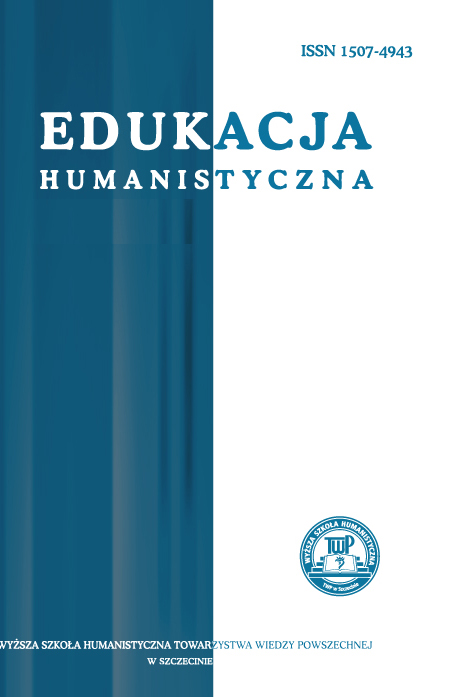Tworzenie „miejsc pamięci” o Wielkiej Wojnie Ojczyźnianej 1941–1945. Aspekt muzealny
Creating a ‘memory space’ of the Great Patriotic War of 1941–1945. Museum aspect
Author(s): Julia KantorContributor(s): Jakub Wojtkowiak (Translator)
Subject(s): Social Sciences, Sociology, Political history, Social history
Published by: Wydawnictwo OR TWP w Szczecinie
Keywords: Great Patriotic War; museums; evacuation; occupation; rearward; People's commissariat for education
Summary/Abstract: The article deals with the problem of preservation and memorialization of the Great Patriotic War events in wartime itself which was barely researched in Soviet and post-Soviet historiography. The article analyzes the principles and attitudes of the 'state order' as well as the guidelines and Department of Agitation and Propaganda of the Central Committee of the CPSU (b), different regional authorities, and also the museum archives documents containing information about collecting, educational and exhibition activities. Also such problems as glorification of the Great Patriotic War events, 'forbidden' subjects excluded from the verbal and visual showing in museums (POW camps, collaboration etc.), and mythologizing of the military theme without delay, as well as the strengthening of the ideological supervising of the museum staff activities are illustrated based on the analysis of documents, guides and catalogs for exhibitions and memorial sites (published in wartime) and memorial sources. The article presents the principles of the material collecting (from the captured weapons to amateur posters), allowed to form collections popular at the exhibitions organized immediately after the events that took place in the lines and in the rearward. The article deals with such exhibitions organized in museums of history and revolution, natural history museums, republic art museums: the author analises their subject focus (which had great propaganda value), periods, objective and documentary intention etc. Museum materials allow, on the one hand, to reconstruct the specifics of exhibitional and educational activities in the rearward, in the lines and on the territory liberated from the occupation and, on the other hand – to trace the gain of an important ideological task: the formation of a single 'memory space' already by 1945.
Journal: Edukacja Humanistyczna
- Issue Year: 2015
- Issue No: 2
- Page Range: 17-32
- Page Count: 16
- Language: English, Russian, Polish

